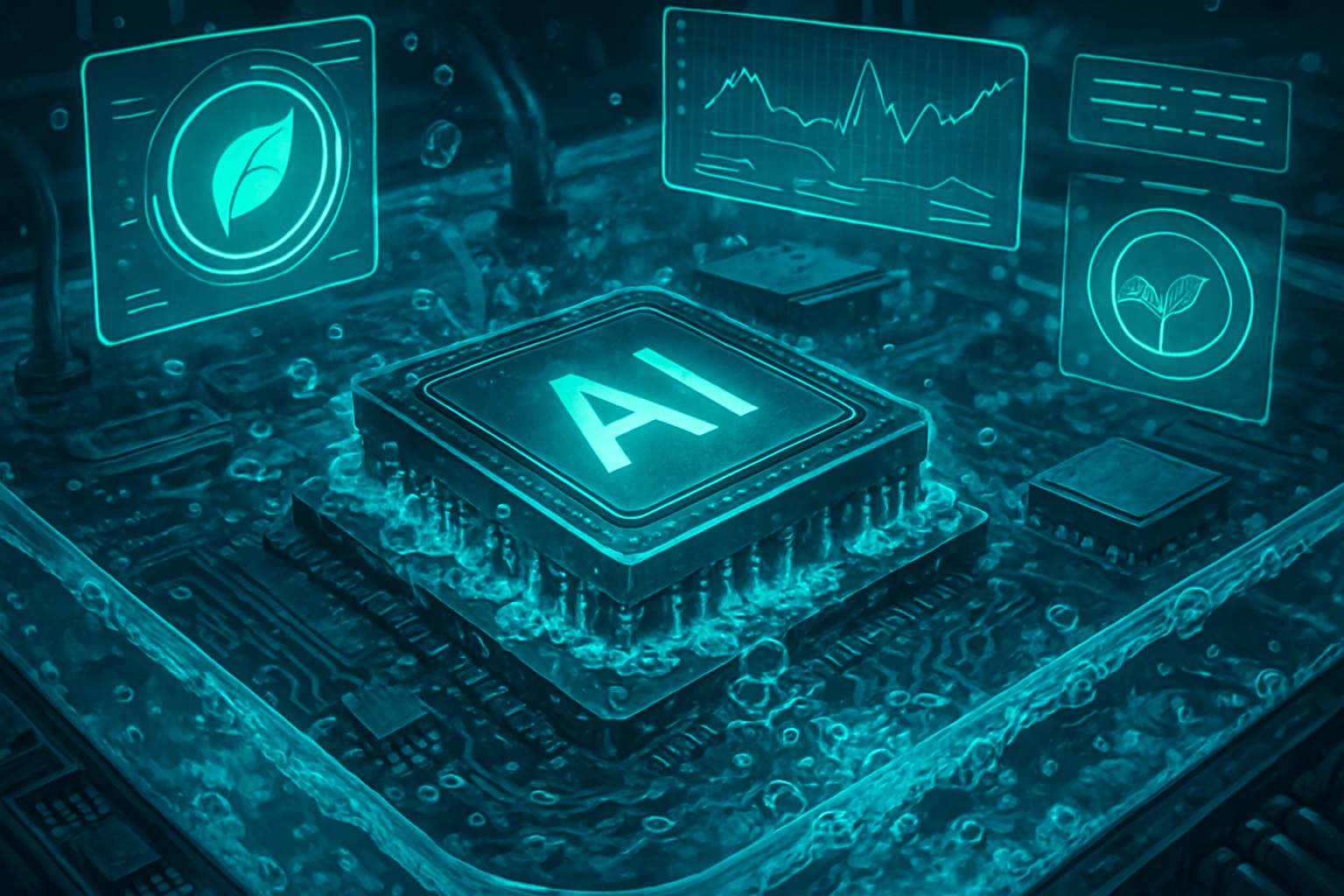
AI CERTS
5 hours ago
Crusoe’s $1.38B bet on sustainable AI infrastructure

Crusoe plans to deploy the capital into sustainable AI infrastructure at unprecedented scale. However, massive ambitions invite equally massive scrutiny.
This article unpacks the funding, technology, and risks behind Crusoe’s bold “AI factory” strategy. Moreover, we outline what professionals should watch next.
Financing Fuels Rapid Expansion
Crusoe’s Series E totals roughly $1.38 billion, according to filings and Reuters reports. Furthermore, the round closed less than a year after a $600 million Series D.
Valor Equity Partners and Mubadala Capital co-led, while Nvidia, Founders Fund, and Fidelity joined. Consequently, Crusoe’s private value now sits above $10 billion.
Debt markets also opened. In June, Brookfield arranged a $750 million credit facility, and Blue Owl structured a $3.4 billion forward takeout.
These instruments create financial firepower for sustainable AI infrastructure rollouts. However, leverage magnifies execution risk if utilization lags projections.
Fresh capital underpins Crusoe’s gigawatt ambitions. Nevertheless, execution depends on concrete builds; campus progress offers the first proof.
Abilene Campus Overview
Crusoe broke ground in Abilene, Texas during mid-2024. Subsequently, the first 200 MW block energized after twelve months of construction.
The company now targets a 1.2GW campus consisting of eight high-density buildings. Each hall could host 50,000 Nvidia Blackwell GPUs.
Blue Owl and Primary Digital Infrastructure committed up to $15 billion via a joint venture for later phases. Meanwhile, Brookfield’s debt offsets upfront equity needs.
Crusoe estimates the project will generate $1 billion in local impact over twenty years. Thousands of construction jobs are forecast.
The 1.2GW campus anchors Crusoe’s scaling thesis. In contrast, powering such density demands unconventional energy strategies explored next.
Energy First Design
Crusoe calls its model “energy-first.” Therefore, site selection starts with abundant wind, West Texas sun, and behind-the-meter batteries.
The company also retains its flare-gas power roots by converting stranded gas into electricity when renewable output dips. Consequently, emission waste becomes useful load.
Backup generation employs GE Vernova turbines fitted with selective catalytic reduction. Moreover, Crusoe targets Power Usage Effectiveness around 1.2.
Integrating multiple fuel sources enhances resilience and market arbitrage. Nevertheless, coordinating assets across weather patterns requires advanced orchestration software.
Energy-first principles underpin Crusoe’s sustainable AI infrastructure claims. The next section reveals how hardware choices strengthen those assertions.
Technology And Cooling Advances
AI workloads require dense racks exceeding 100 kW each. Consequently, Crusoe deploys direct-to-chip liquid cooling to remove heat at the source.
This approach slashes fan energy and enables higher GPU counts per rack. In contrast, legacy air cooling struggles beyond 30 kW.
Crusoe pairs the cooling stack with custom immersion tanks for emerging ASICs. Furthermore, firmware tunes flow rates to ambient conditions.
- Lower PUE targets around 1.2
- Up to 85% heat reuse potential
- Rack power density >125 kW
- Reduced water consumption via closed loops
Collectively, these methods drive energy-efficient computing gains. Moreover, they reinforce the business case for sustainable AI infrastructure at scale.
Efficient cooling reduces operational costs and carbon intensity. However, macro market forces still influence project viability, as discussed below.
Market Context And Risks
Citi projects global AI capital expenditures could hit $490 billion by 2026. Therefore, investors race to secure capacity before chip shortages worsen.
Crusoe’s Series E signals confidence in demand. The company argues that sustainable AI infrastructure will satisfy future regulatory scrutiny. Nevertheless, project valuations face stress if hyperscalers slow procurement or shift to internal builds.
Environmental groups question whether flare-gas power truly cuts lifecycle emissions. Moreover, grid operators worry about large block loads near constrained substations.
Debt servicing adds another variable. In contrast, rising rates could pressure margins despite energy-efficient computing savings.
Market tailwinds appear strong but volatile. Subsequently, community outcomes deserve attention, which we explore in the next section.
Economic And Community Impact
The Development Corporation of Abilene granted tax incentives to attract Crusoe. Consequently, the firm promises $1 billion in economic activity.
Local leaders highlight thousands of peak construction jobs and new technical training programs. However, permanent operational staffing remains modest.
Crusoe counters that sustainable AI infrastructure attracts secondary industries such as chip packaging and edge services. Moreover, clean energy upgrades benefit residents.
Opponents argue subsidies exceed local gains. Nevertheless, city officials expect sales tax receipts to rise as the 1.2GW campus scales.
Community sentiment remains mixed yet cautiously optimistic. Therefore, strategic outlook deserves closer review in the final section.
Strategic Outlook Ahead
Management claims a 45 GW pipeline across North America and Europe. Furthermore, Crusoe wants to license its orchestration software to other operators.
Sustainable AI infrastructure will remain Crusoe’s north star, according to CEO Chase Lochmiller. Additionally, the firm eyes public markets within two years.
- Complete the 1.2GW campus
- Secure further Series E tranches
- Expand flare-gas power deployments
- Advance energy-efficient computing research
Professionals can enhance their expertise with the AI Cloud Architect™ certification.
Knowledge of hybrid energy models boosts career prospects.
Crusoe’s road map hinges on disciplined execution and receptive capital markets. Consequently, observers should monitor build milestones and tenant commitments.
In summary, Crusoe’s funding spree illustrates how capital is redefining data-center design. The 1.2GW campus, flare-gas power integration, and energy-efficient computing advances frame a compelling template for sustainable AI infrastructure. Nevertheless, grid impacts, tenant concentration, and debt costs pose real risks. Therefore, decision makers should evaluate supply agreements, interconnection timelines, and emissions audits before committing workloads. Professionals aiming to lead such assessments can validate skills through the AI Cloud Architect™ program. Take action now and position your career at the heart of the AI infrastructure revolution.



